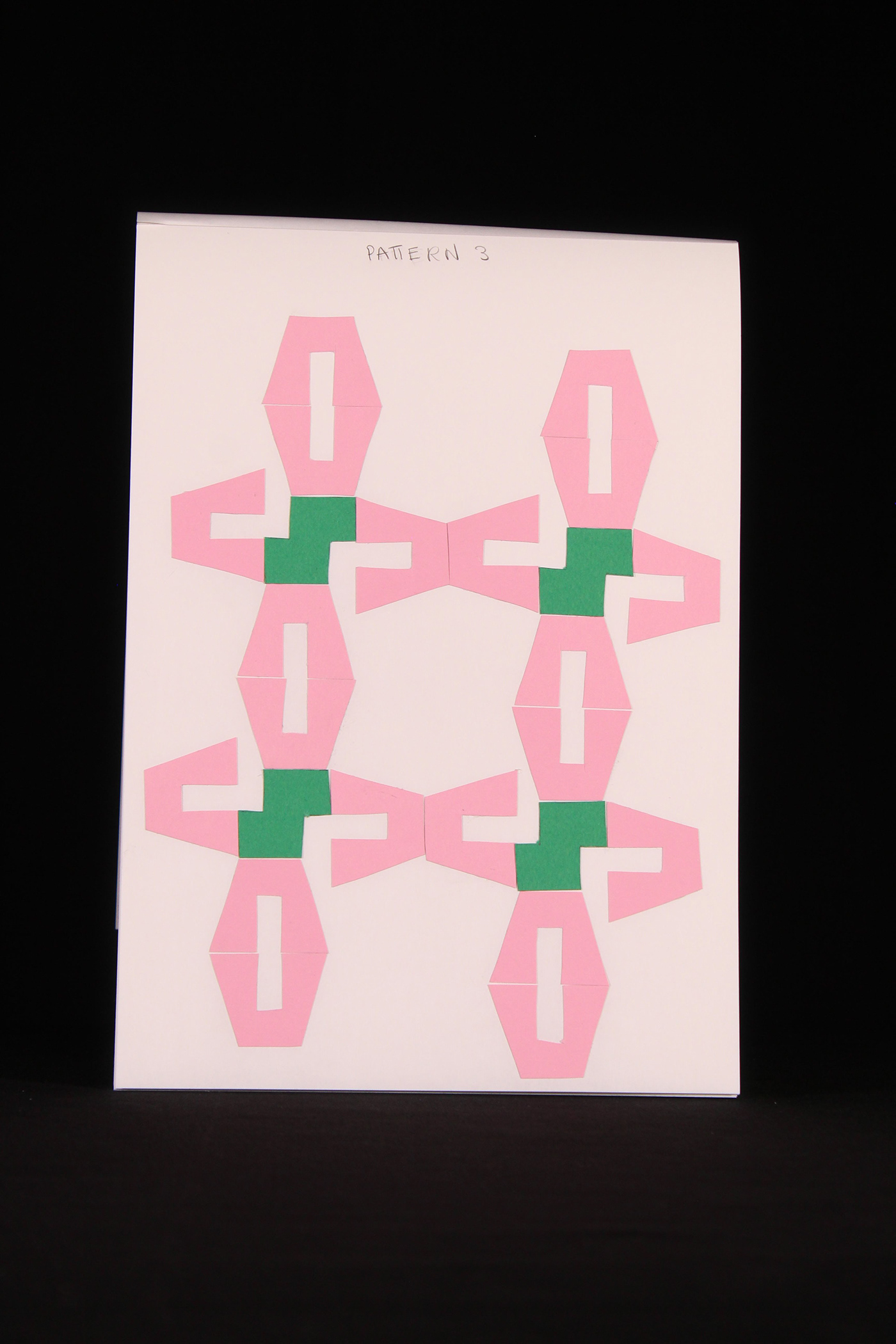IT
Il termine modulo in genere identifica la misura, sia essa un oggetto concreto o un’entità astratta, che viene assunta come elemento base per il proporzionamento di un insieme architettonico; rappresenta perciò l’unità elementare costitutiva di tale insieme che, essendo ottenuto dalla ripetizione di quell’unità secondo opportuni criteri geometrici, viene definito modulare.
Nel design industriale, i moduli si riferiscono spesso a componenti standardizzati o unità prefabbricate che possono essere utilizzate per la progettazione e la produzione di prodotti o sistemi complessi.
Per il mio progetto, ho lavorato ripetutamente con i moduli, cercando sempre soluzioni diverse ed accattivanti.
EN
entity, which is taken as the basic element for the proportioning of an architectural whole; It therefore represents the elementary constitutive unit of this set which, being obtained from the repetition of
In industrial design, modules often refer to standardized components or prefabricated units that
can be used for the design and manufacture of complex products or systems. For my project, I worked repeatedly with the modules, always looking for different and attractive solutions.

IT
1° Esercizio: Finestre sulla realtà
Tema: Dividere una superficie piana in molte parti servendosi di un taglierino o di una forbice. Staccando e spostando le diverse parti, cercare, in base al valore positivo e negativo delle forme, di creare un'unità di ritmo e di equilibrio.
EN

IT
2° Esercizio: Amor vincit omnia
Tema: Utilizza metà di un A5 tagliato per il lato lungo e procedi con il taglio della superficie e il ribaltamento della parte tagliata.
Questo metodo produce un forte ritmo di figure negative e positive. Vengono determinati dalle regole: la superficie (forma di partenza), la forma delle superfici da ritagliare, il loro numero e la loro estensione, la scelta del materiale (cartone nero su bianco).
I tagli dovranno rispondere ad una sola regola, tagli obliqui, curvi o rettilinei che determineranno forme da ribaltare simili tra di loro ma differenziate per scala e proporzione.
EN
: Amor vincit omnia
Theme: Use half of an A5 cut for the long side and proceed to cut the surface and flip the cut part. This method produces a strong rhythm of negative and positive figures. They are determined by the rules: the surface (starting shape), the shape of the surfaces to be cut out, their number and extent, the choice of material (black on white cardboard). The cuts must respond to a single rule, oblique, curved or straight cuts that will determine shapes to be overturned that are similar to each other but differentiated in scale and proportion.







IT
3° Esercizio: Pattern
Tema: crea un modulo geometrico che possa essere combinato ad altri moduli identici servendosi di un taglierino o di una forbice. Spostando e riunendo i moduli è necessario riuscire a comporre tre pattern differenti che alternino spazi pieni e vuoti. I moduli devono toccarsi tra loro tramite una superficie di identiche dimensioni.
EN
3rd Exercise: Pattern
Theme: Create a geometric module that can be combined with other identical modules using a cutter or scissors. By moving and reuniting the modules, it is necessary to be able to compose three different patterns that alternate full and empty spaces. The modules must touch each other through a surface of identical size.



IT
4° Esercizio: Pattern
Tema: riprendi il tuo modulo precedente e creane un altro che abbia lo stesso "stile". In modo che i due moduli possono combinarsi tra loro (almeno un lato uguale). Trova altri tre pattern con questi nuovi moduli.
EN
4th Exercise: Pattern


